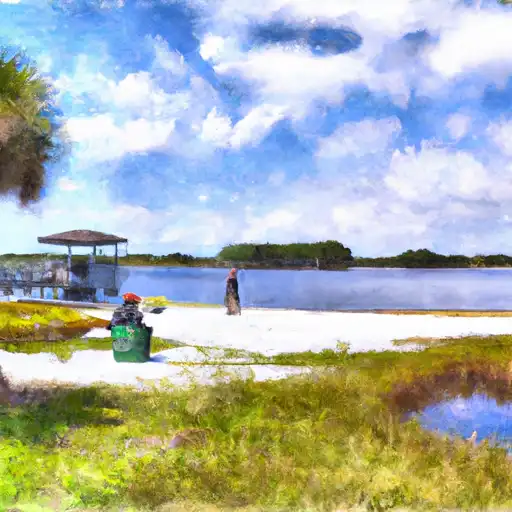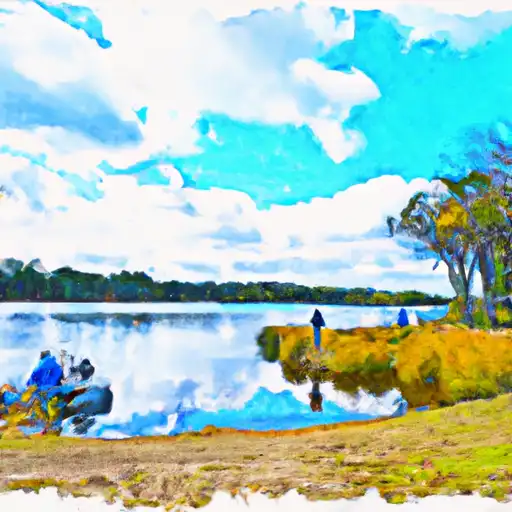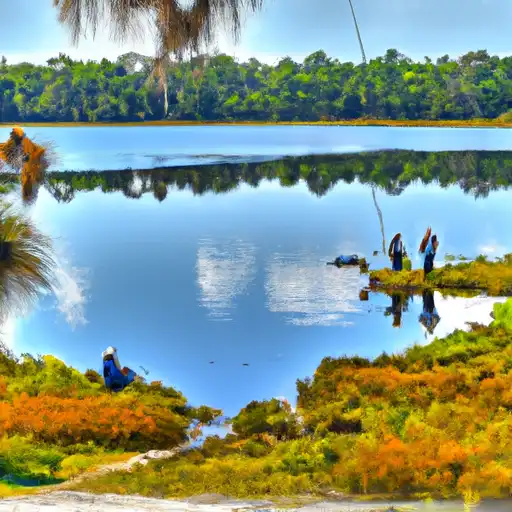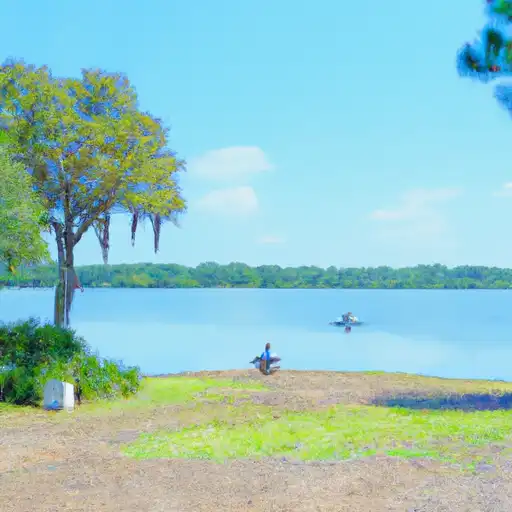Summary
Maximum discharge along the river is currently at the reporting a streamflow rate of cfs. This is also the highest stage along the Wekiva River, with a gauge stage of ft at this location. This river is monitored from 1 different streamgauging stations along the Wekiva River, the highest being situated at an altitude of ft, the .
River Streamflow Levels
| Streamgauge | Streamflow | Gauge Stage | 24hr Change (%) | % Normal | Minimum (cfs) | Maximum (cfs) | Air Temp | Elevation |
|---|---|---|---|---|---|---|---|---|
|
Wekiva River Nr Sanford
USGS 02235000 |
193 cfs | 2.71 ft | -2.03 |
Seasonal Discharge Comparison
Maximum Streamflow Discharge
Streamflow Elevation Profile
The Wekiva River (sometimes spelled Wekiwa, a Creek word meaning "spring of water") is a 16.0-mile-long (25.7 km) river in Central Florida, north of Orlando in the United States. It originates in Apopka and joins the St. Johns River, the longest river in the state, in DeBary. The Wekiva River system includes the main stem joined by three main tributaries - Rock Springs Run, Blackwater Creek, and the Little Wekiva River - and about 30 contributing groundwater springs. It is designated as a Florida State Canoe Trail, an Outstanding Florida Water, and an Aquatic Preserve by the Florida Department of Environmental Protection. The Wekiva River system is also one of the two rivers in Florida federally designated as a National Wild and Scenic River for its scenery, recreation, geology, and diverse habitats.Wekiwa is the Creek-Seminole word for a spring, but contrary to popular belief that Wekiva means "flowing water", it was actually an alternate spelling used by developers. The pronunciation of a soft-w, sometimes perceived as a v or b, resulted in cartographers mislabeling maps in later years. The maps drawn in 1838 and 1849 were spelled Wekiwa.

 Lake Hiawatha
Lake Hiawatha
 Lake Asbury
Lake Asbury
 Lake Cohen
Lake Cohen
 Secret Lake
Secret Lake
 Lake Fairview
Lake Fairview